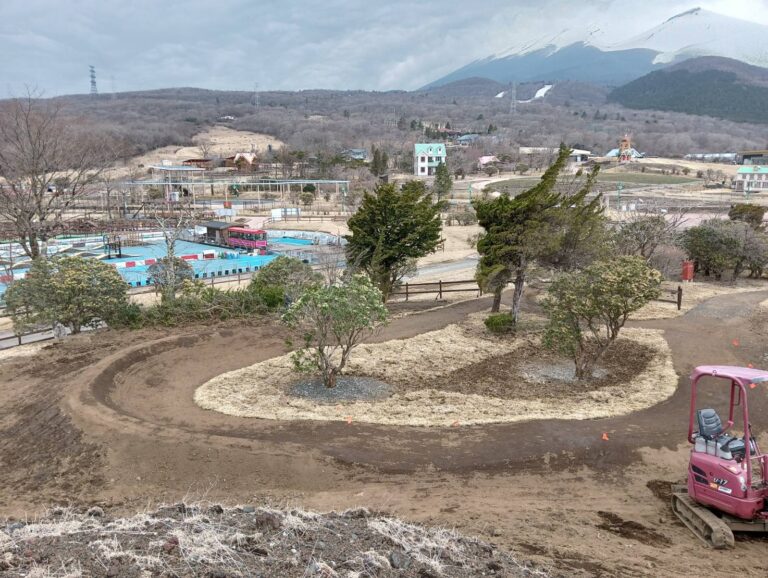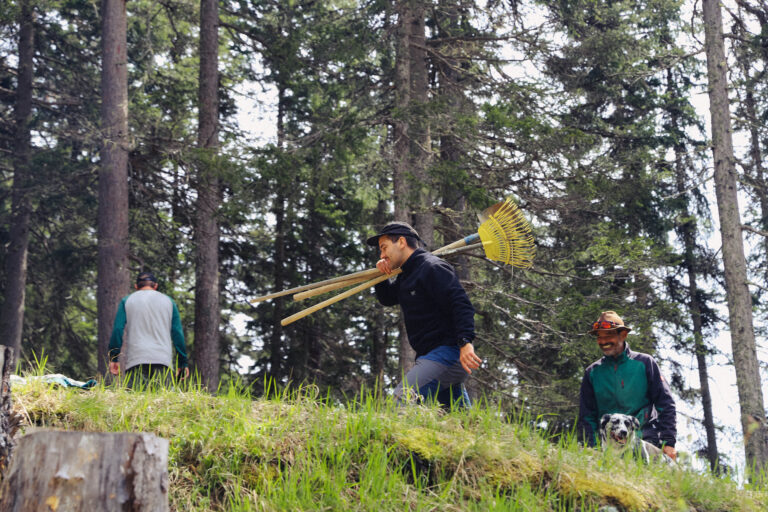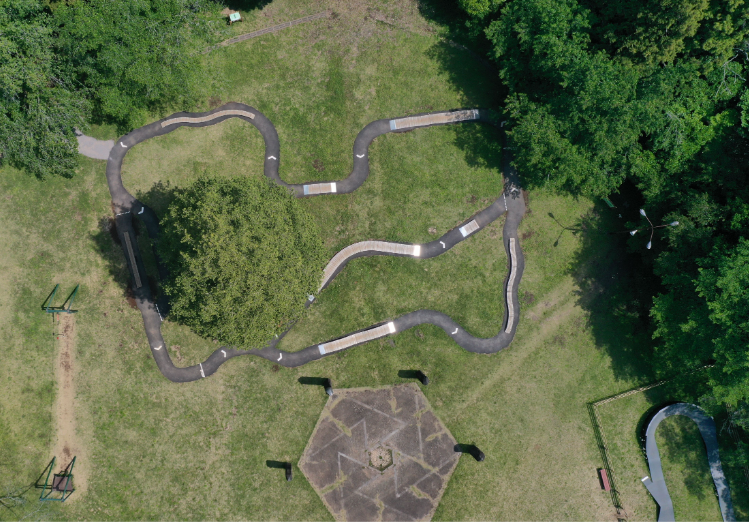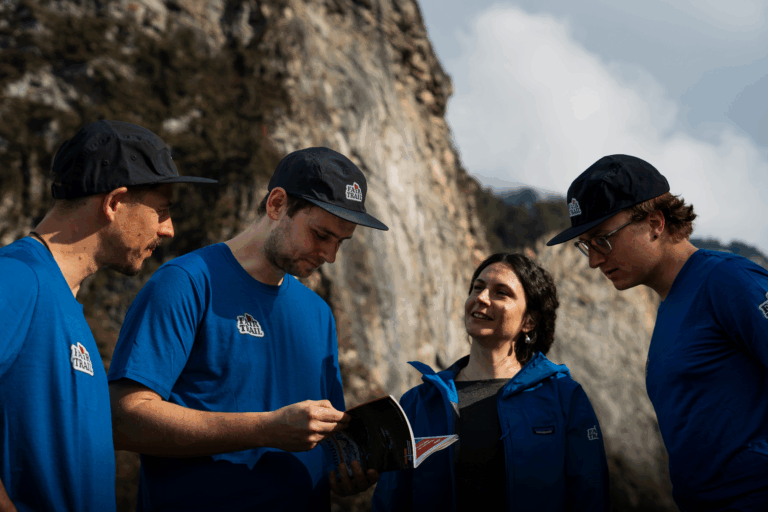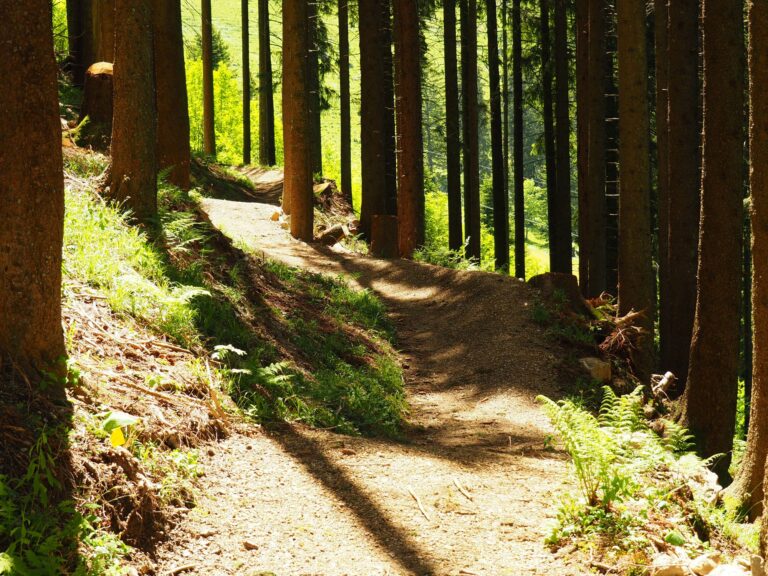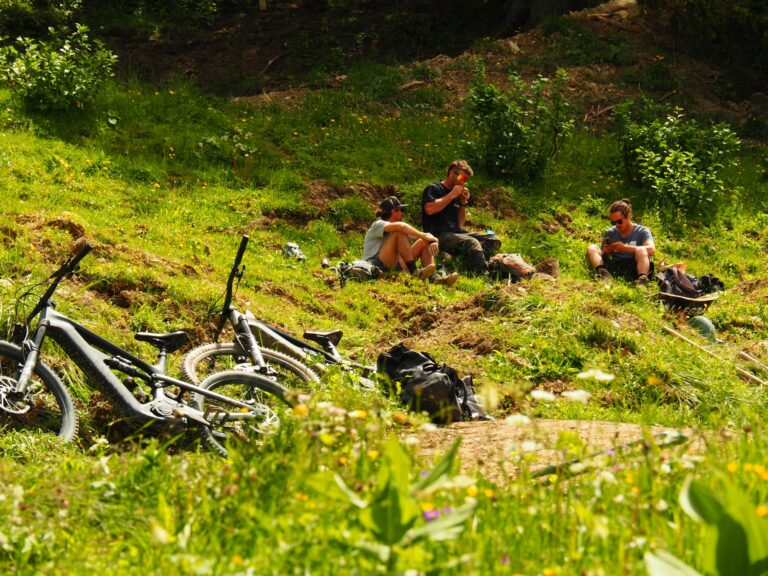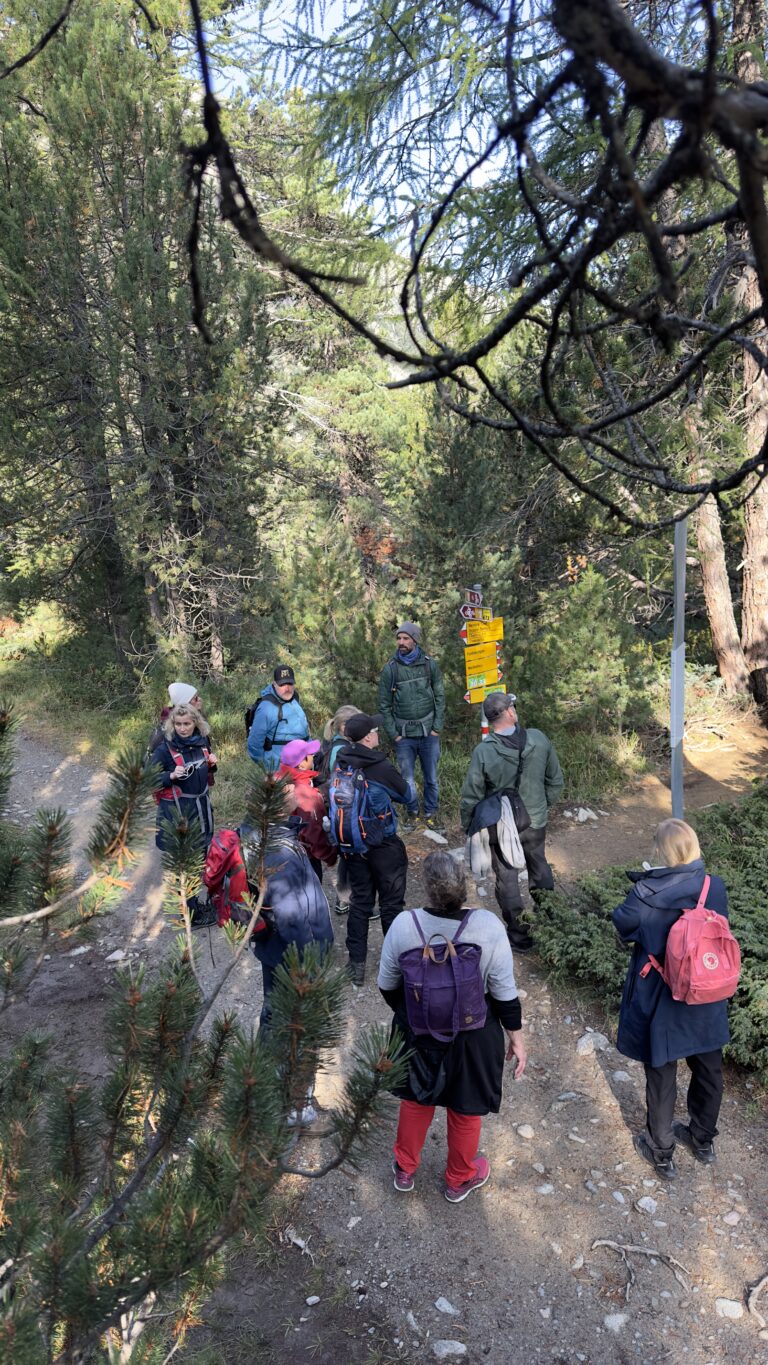Flow trails have become popular because they offer a unique and exciting riding experience. However, not all flow trails are built the same. Here are some pointers on how to make them sustainable.
WHAT
The term “flow” describes the feeling of weightlessness that mountain bikers experience on a well-designed trail.
A flow trail enables exactly this feeling. It maximizes the existing characteristics of the landscape and minimizes sudden interruptions caused by tight turns or abrupt braking.
Flow trails generally lead downhill, although uphill sections cannot be excluded. They create a flowing rhythm by gently connecting different obstacles such as curves, waves and jumps.
WHY
The search for flow is what keeps mountain bikers coming back to a trail. It lets them escape from everyday life and immerse themselves in the here and now.
HOW
A quick check of how sustainable a flow trail is can be its overall slope in % (but this check is no substitute for planning or design).
0 – 3 %: Your flow trail stretches a long distance with a low slope. This is a great foundation to build a sustainable flow trail! Just make sure to avoid flat areas and apply a constant side slope.
4 – 8 %: You have reached the sweet spot for a long-lasting flow trail! If you get the water management right and your design includes elevation changes in the right places, your flow trail will require little maintenance and bring joy to many riders.
9 – 11 %: Adjust your design and make your trail longer. Your flow trail will need good reinforcement on the steepest sections. Braking waves will occur in several places and depending on water management, annual maintenance costs can be high.
12 – 15 %: Rethink the design of your flow trail. It should be half as steep to keep maintenance costs down and to cause fewer braking bumps.
15 % and beyond: Your trail is a race course. That's great, but if your trail is for the masses, go back to the beginning before it's too late.

